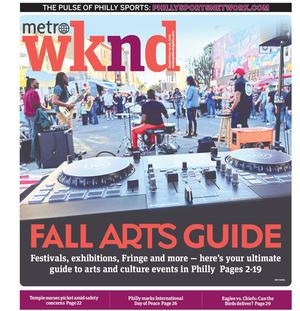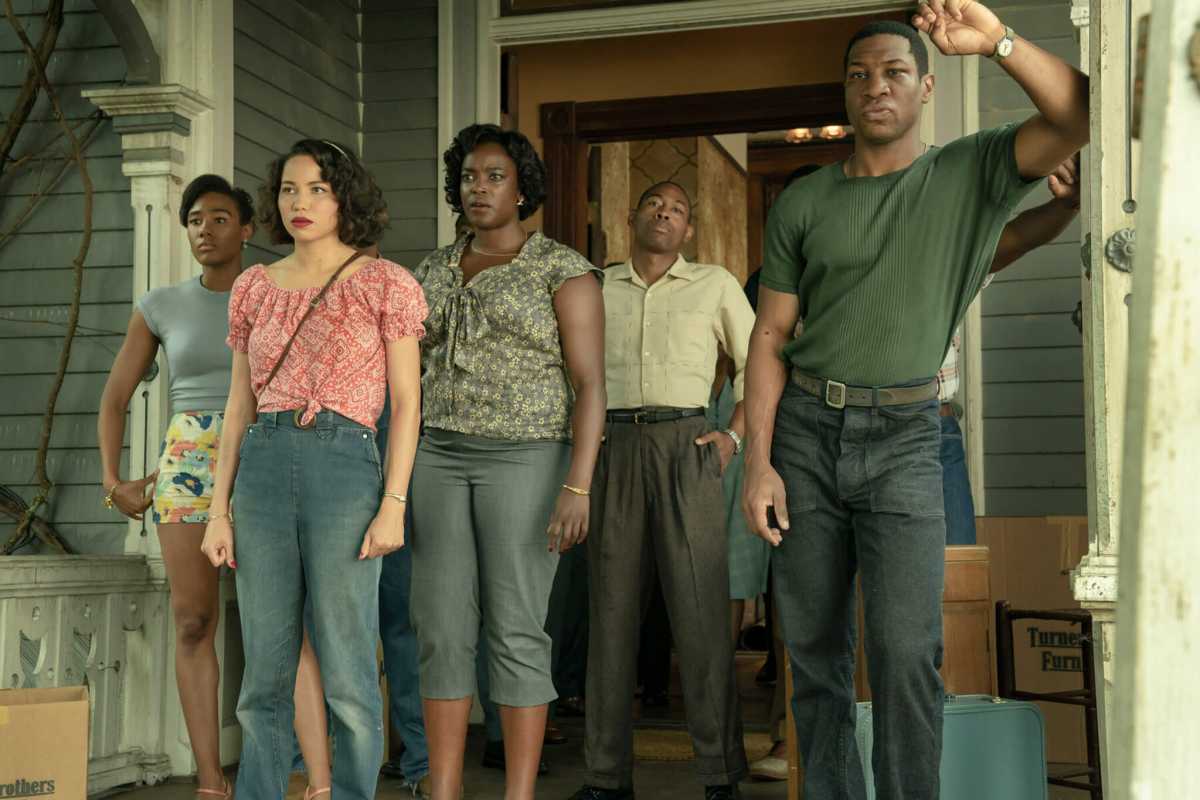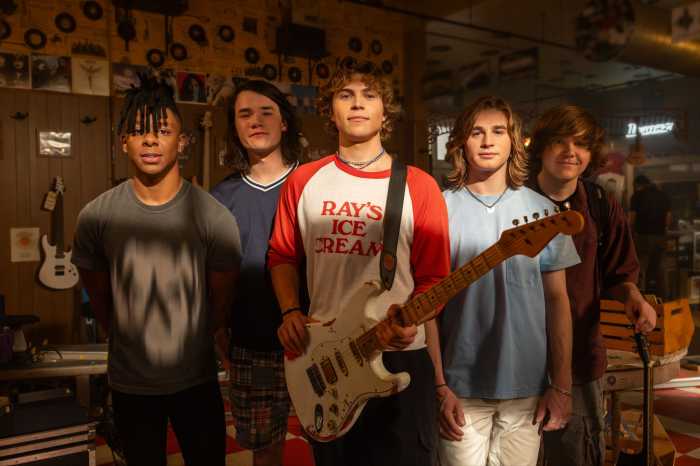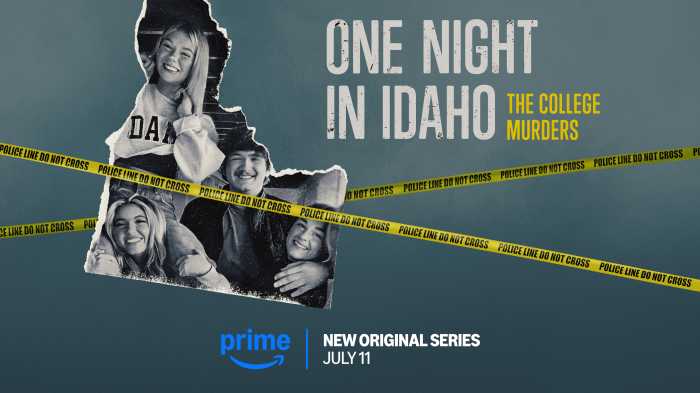By Luz Lancheros
“Lovecraft Country” shows, at first glance, what the U.S. was like in the 1950s: bright colors, new styles of skirts and dresses, tight pants, bright suits… And, of course, apart from fashion, the segregation that African Americans lived in at that time. But as Atticus (Jonathan Majors), Letitia Lewis (Jurnee Smollett), and George Freeman (George V. Vance) delve into the depths of their country, this story blends with sinister creatures and characters.
This is the premise of the new HBO series, which combines both the horror of that time and the imagery of the unknown, with the social panorama of those years. Its costume designer was Dayna Pink, who already worked on productions such as “Crazy, Stupid, Love” and “Bad Boys for Life”. She told Metro about her vision of this era.
Photographs from 1950s Chicago helped with the costumes. But what contemporary elements did you use to create your own vision of the era?
We took references from the time but allowed ourselves to add contemporary fabrics. But it is a period show. So we gave some touches with textures, colors, small details, but everything had to be always oriented to the 1950s.
Leti is one of the most interesting characters. She stands out for her sensuality and exquisite wardrobe. How did you create the look for her?
We wanted her to have the best costume. Her clothes are armor and she wants to be noticed, just like you want to notice her. We wanted all aspects of her personality to fit perfectly with her attire. She’s sexy, she’s funny, she wears heels all the time, she’s perfect and wonderful. That’s what she wants you to think when you see her. But at the end of episode three, where we see her in jeans and a T-shirt, we see what’s underneath all that, you take her beautiful dresses off and you leave her like that and you see how she really is. She’s powerful with that and it shows that you can’t mess with her.
Also, we see that in one of the episodes, Leti wears a jumpsuit. She can also have her own style when it comes to embarking on the adventure and you can tell she knows what she wants and knows how to get it. One usually sees a character thinking about what he can buy, but for Leti that’s not a problem. She works for what she wants, but she always has the best clothes possible.
How did you work with production to make sure she wouldn’t repeat any look?
I remember very early on, in episode two or three, when I suggested she go back to using one outfit. But I was told, “No, she must wear a new look every episode.” I asked, “What?” And then I said, “Thank you”. That’s why I’m here. I’m here to build this story as best as I can and she was a lot of fun to dress. The idea of doing it differently every day was a challenge, but I said, “Challenge accepted.”
Christina Braithwhite (Abby Lee) has an almost vampiric look. How did you create it? Why did you make a cape for her?
I made the cape because I knew she would be on a horse, and I liked that it covered the horse as well. But she has an imperturbable and unattainable air. She doesn’t wear soft clothes but has a mysterious mood and that’s what I tried to do with her wardrobe.
Atticus reflects the elegance of a young man of that time. How did you choose pieces for this character?
I wanted to see his body as that of a superhero, so we made pieces that would fit him. We also used pieces from that period like jackets, as we saw in episode four. Everything is adjusted and customized to his body because the character demands that shape. I insist, he is a superhero and we had to adapt the pieces in this way, like his yellow T-shirt. There’s no one who wears that garment as well in the history of the universe as Jonathan Majors.
Recreating entire streets, buildings, etc. is a great job. Based on that, what was it like to make the clothes for the extras?
Thousands and thousands and thousands and thousands of them, for seven, eight thousand people approximately. I could tell you 45 thousand, but I still wouldn’t know the exact number. There were a lot of extras in various scenes and a specific context. I had a girl working and traveling with me all the time called Annie Jewell. She’s wonderful, and she was in charge of them. She rigged all the extras, even their underwear because everything is about silhouettes and layers and she made an effort. We looked at the stars on the boards, and she made sure that each person was in each exact scene, with everything made to measure and in the series there are crowds, so we had to, with each extra, cut and assemble their outfits separately.
It’s a process and a lot of work. And then you see the main actors and you see other characters and they have to be credible and realistic as well. For example, when they go to the village, we had to make clothes that belonged to that village. Not only the cast has to look perfect, but the whole context and what’s behind it.




























